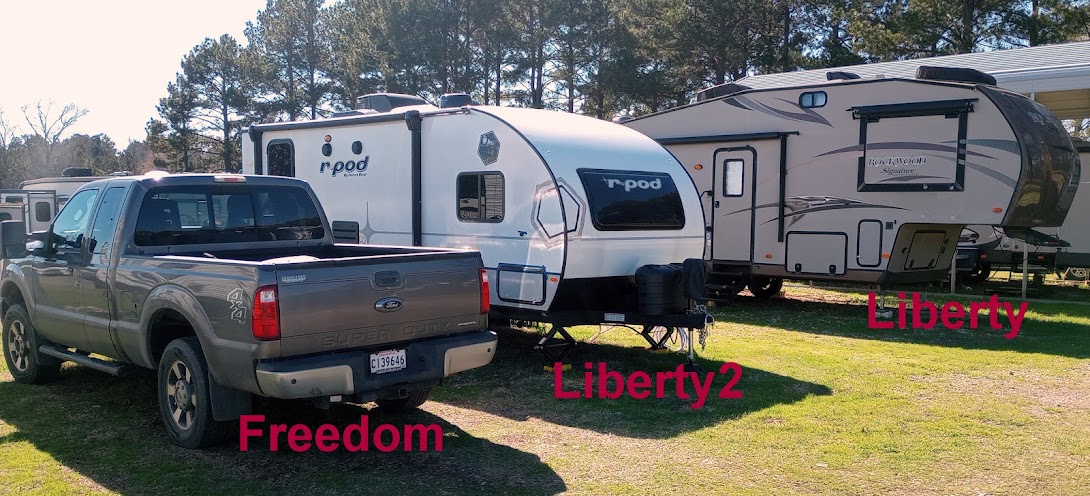All pictures taken with Nokia Lumia Icon 929 Cell Phone
Click pictures to enlarge
 |
| Stop number 11 |
The title of the post is a line from a song. If you know it, put in the comments. A fantastic prize awaits all who respond correctly. But wait,,,,, if you do so within 10 minutes of reading the post I will double your prize and you will win two, yes, two, fantastic prizes. (Just pay additional handling charges.)
Just kidding about the prizes, but the title is a song lyric.
As the title says, I drove across the Oklahoma prairie. The total drive on Friday was a little over 440 tiring miles, with about 300 miles of it in Oklahoma. I had planned to drive to Dodge City, Kansas before turning south but made a wrong turn in Lamar, Colorado. I didn't realize it for 30 minutes or so when I wondered why I was headed south instead of east. Oh well, I had looked at several different routes with all of them about the same mileage. The way I looked at it, I missed that turn for a reason. I just don't know the reason, but since everything happens for a reason, there must be one. I arrived in El Reno close to 5:30 in the evening which is way, way later than I usually arrive at a campground. I stopped here about a month ago. It is a city owned park with a first come, first serve system where you pay the iron ranger after getting set up. It is a nice park and I'm using it for a 3 day rest. I've dropped about 7,000 feet in elevation over the last few day and I can really tell a positive difference. The wind here in Oklahoma will drive a person crazy. It is blowing consistently at 20+ mph with gusts in the 30 mph range. It has blown this way both times I've passed through here. I will avoid Oklahoma as much as possible in the future.
Driving 300 miles across the Oklahoma prairie had me thinking about what I had learned in high school about Oklahoma. The only two things I remembered was several Indian tribes has been relocated to the Oklahoma Territory and of course the Oklahoma Land Rush. That Land Rush happened between 1889 and 1895 when about 15,000,000 acres of land was up for grabs to whoever was quick enough to claim their homestead. The homestead was 160 acres of land and it was yours free of charge after 5 years if you improved it by either agriculture, living on it or used it for some type of industry. Most of the nearly 100,000 homesteaders used their land to raise cattle and grow crops.
Most of the homesteaders would have been in their 20's and came from all of the eastern states looking to start a new life with free land and hard work. They would have been in their 50's when the Great Dust Bowl hit this area during the 1930's. Sixty percent of the homesteaders and farmers lost their lands during that decade. The ones who survived and retained their lands, probably increased their land holdings by buying up adjacent property for very little money. As the children of the homesteaders grew into adults, many would leave the farms for the cities and when their parents passed away, the farm would have been sold. Usually it would have been sold to neighbors because it wouldn't have been the "right thing" to sell to strangers. As time went by, what started out as a 160 acre homestead may have grown 10 or 20 times in size. But, you can still see signs of the original homesteaders lives. Some of the signs are clumps of trees which were planted to surround a house and serve as a wind or snow break. Other places you could see the left overs of root cellers/storm shelters. How many hard lives had passed through this area that I was casually driving through? How many times had those fields been plowed, first by horses, then by tractors. Sometimes, it was as if I could see those ghosts still working the fields and waving to me as drove down the road. Those work days would have been long and hard with no trees for shade under which to rest and maybe eat a bite of lunch or drink some cool water. Nothing but hot sun and that dang wind. And what a wind it is,,,, I've only been here for 3 days and the wind is always blowing. I'll be glad to leave. I hope by slide toppers survive.
 |
| I believe that is wheat on the right. There were some locations that were harvesting. I don't know how many cuttings per year they get in this area. |
 |
| I think that was called Indian Butte. I also tried to get the spiral vapor trail. |
 |
| An old home place. They were scattered everywhere. |
 |
| Another tree that had been planted by someone in the past. Picnics and dinners were probably had beneath its boughs, now, it stands alone. |
 |
| Can you imagine plowing these fields with a horse and plow. Hard, hard work. Then to see it all blow away in the 30's. Wow. |
 |
| Some of the old homes looked a little newer. Possibly from the time after the dust bowl and perhaps after WW2. But they all, had the trees around them. |
 |
| The more trees, the bigger the house and out buildings. It would be interesting to know if that bunch of trees were the home of original homesteaders. |
Ya'll take care of each other. I'll Cya down the road.

Please be safe out there.
ReplyDeleteI will be Barney,,,, you too.
Delete